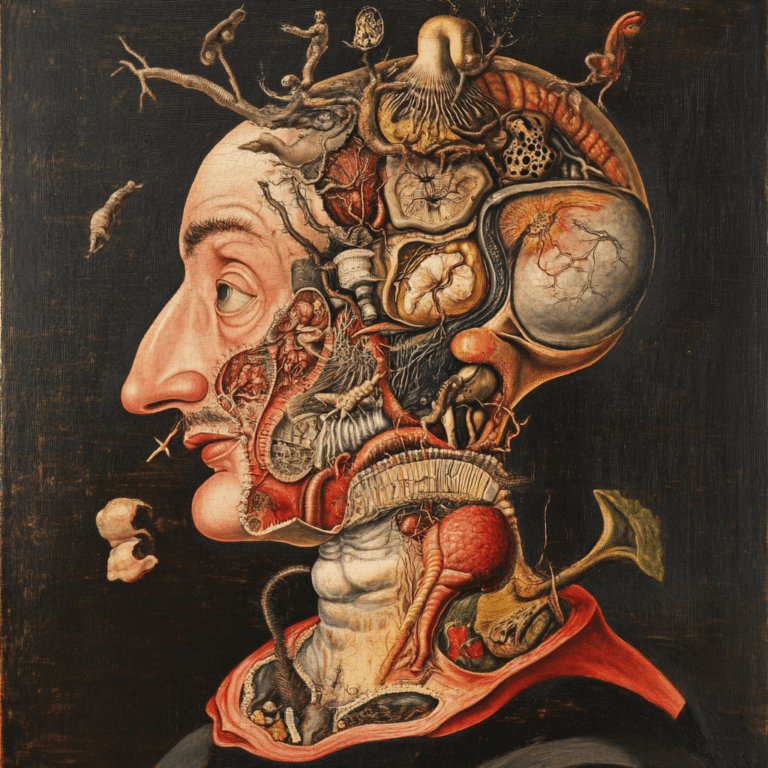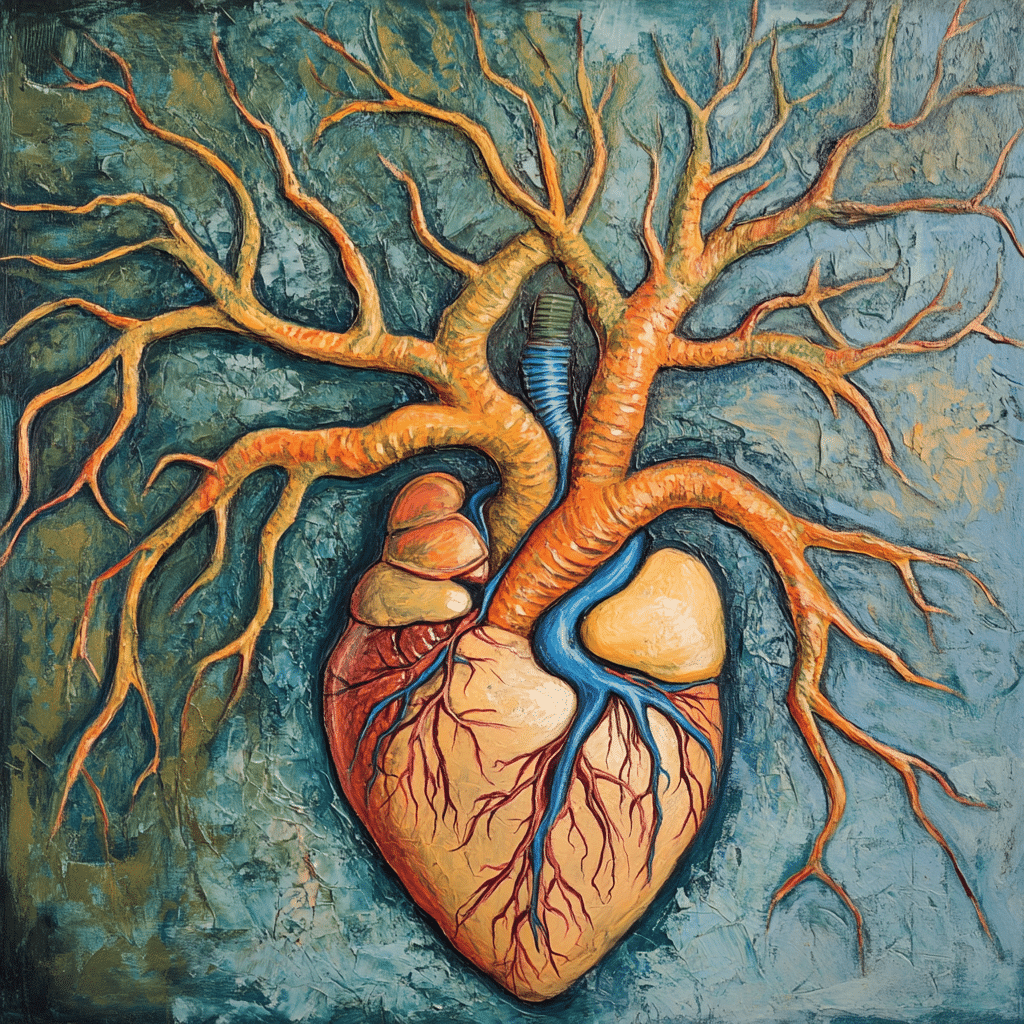When it comes to heart health, ventricular tachycardia, or vtach, is a term that every fitness enthusiast should understand. This rapid heart rhythm originates from the heart’s lower chambers—the ventricles—and can have drastic consequences if it persists. Unlike a smooth, steady heartbeat that efficiently pumps blood to your muscles and organs, vtach can disrupt this flow, leading to dangerously low oxygen levels in your body. If it lasts more than 30 seconds or occurs alongside other heart problems, this condition can spell serious trouble, potentially culminating in cardiovascular collapse.
So, what happens during vtach? Under normal conditions, the heart beats rhythmically as electrical signals travel smoothly through the heart muscle. But with vtach, these signals go haywire, creating rapid beats that can exceed 100 beats per minute—and sometimes, they can race up to an unbelievable 250 BPM! This kind of elevated heart rate seriously compromises blood flow to your vital organs. If you experience symptoms like fainting, heart failure, or even sudden cardiac arrest, it’s high time to get serious about your heart health.
To put it simply, understanding vtach isn’t just important—it’s essential! By recognizing the signs and implications of this dangerous rhythm, you can take step toward safeguarding your health. Knowledge is power, folks!
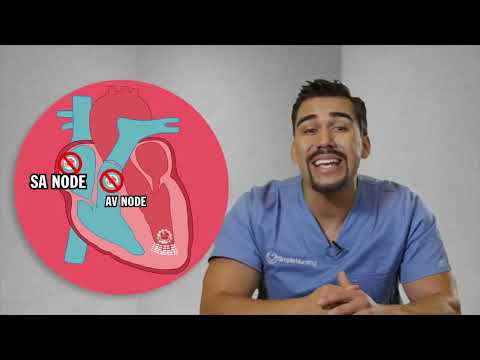
The Top 5 Insights into Vtach You Should Never Ignore

1. The Spectrum of Vtach: Different Types Explained
Not all vtach is created equal. The two primary types you need to grasp are monomorphic and polymorphic vtach. Monomorphic Vtach shows a consistent shape on an ECG and is often linked to structural heart diseases or scarring from past heart attacks. It can provide doctors with clues about what’s going on in your heart.
On the other hand, Polymorphic Vtach is far less predictable. It’s characterized by varying shapes on the ECG, often arising from electrical imbalances rooted in conditions like Long QT Syndrome. Understanding these distinctions isn’t just medical jargon; it can help you and your healthcare team develop a targeted approach for treatment.
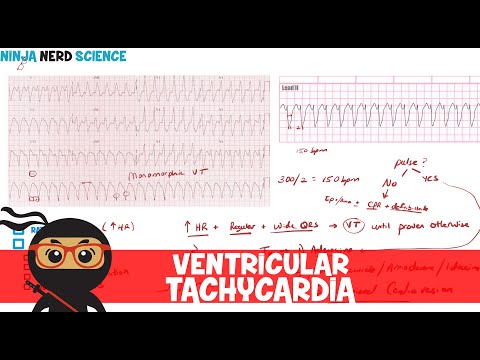
2. Predisposing Factors: Who’s at Risk?
Not everyone is equally susceptible to vtach. Individuals battling coronary artery disease or heart failure find themselves at a greater risk. But that’s not all! Conditions like diabetes can compound these risks, particularly when interacting with medications like APAP (acetaminophen). Overdosing on this common pain reliever can have devastating effects on your heart.
Moreover, lifestyle choices play a significant role. Smoking, high cholesterol, and sedentary habits can increase your chances of developing vtach. The road to fitness is not just about lifting weights or hitting the gym; it’s also tied closely to managing these risks effectively.
3. Understanding the Role of GLP-1 Receptor Agonists on Cardiovascular Health
In recent years, researchers have become increasingly interested in the impacts of GLP-1 (Glucagon-Like Peptide-1) receptor agonists—medications primarily used in diabetes management. Some studies hint at a protective effect these drugs may have on heart health, reducing the risk of cardiovascular events. However, while these benefits are exciting, they come with a caveat: the potential for arrhythmias like vtach.
It’s crucial to consult healthcare professionals to help balance the benefits of GLP-1 agonists with their risk for triggering arrhythmias. Knowledge and dialogue about these medications can empower you to make informed decisions about your heart health.
4. D-Mannose: A Surprising Ally?
You might be surprised to learn that d-mannose, often recognized for its support in urinary tract health, shows potential connections to heart health as well. Recent research suggests that certain metabolites influenced by d-mannose may improve heart function or fortify against cardiac arrhythmias like vtach. Though the research is still in its infancy, it’s an exciting avenue worth considering.
Incorporating holistic approaches to your fitness routine might not just help your workouts but could also boost your heart’s resilience. So don’t overlook natural remedies—talk with your healthcare provider about whether d-mannose could be beneficial for you.
5. NAD+ and Its Pivotal Role in Cellular Health
Nicotinamide adenine dinucleotide (NAD+) is gaining attention in the quest for optimal cellular health. As a vital coenzyme, NAD+ facilitates energy metabolism at the cellular level. New studies show that decreased levels of NAD+ are linked to various heart conditions, including vtach.
By exploring NAD+ supplementation as part of your wellness strategy, you could potentially shoot for more stable heart rhythms. Imagine having heightened energy levels that not only fuel your workouts but support your heart health too!

Final Thoughts: Charting a Path for Your Heart Health
When tackling vtach, understanding its underlying causes, risk factors, and connections to other health issues is crucial. In your fitness journey, proactive measures make a difference. Regular cardiac screenings, staying updated about medications like APAP, and even considering the benefits of supplements like d-mannose and NAD+ can significantly impact your heart health outcomes.
As research continues to shift and grow, the hope is that we can refine treatment strategies and lessen risks associated with vtach. Empower yourself to take charge of your heart health!
Everyone deserves to feel strong and healthy while they crush their fitness goals. Remember, knowledge is your best ally. Stay informed, stay active, and keep your heart in shape! Whether you’re checking out summer colors for workout gear or eyeing new healthy drinks like lemon water, small changes can lead to tremendous results. Keep pushing, keep grinding, and let’s get shredded together!
For your inspiration, consider checking out topics like the importance of hydration or even tips on balancing your health with what you enjoy, much like indulging in life’s sweet moments without the guilt. It’s all about creating a sustainable, healthy lifestyle that keeps you looking and feeling great!
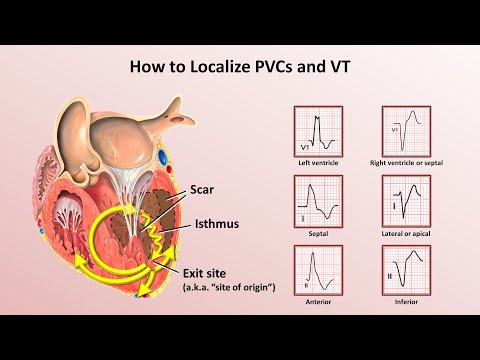
Vtach: Understanding the Heart’s Dangerous Rhythm
Fun Facts About Vtach
Did you know that ventricular tachycardia, better known as vtach, isn’t just a terrifying term for medical professionals? It can feel reminiscent of a high-stakes thriller, much like the dramatic moments seen in movies featuring actors like Robbie Kay. Interestingly, vtach occurs when the heart’s lower chambers beat rapidly and fail to pump blood efficiently, creating a dangerous situation. If you’re looking to catch the pulse of modern heart health, think of it like the ever-fluctuating nature of the 30-year mortgage rate—sometimes unpredictable and always with serious implications!
But hold on, because here’s where it gets even more fascinating. Vtach can be triggered by various factors, including heart disease, electrolyte imbalances, or even intense physical activity. In young athletes or fitness nuts, this can be a shocking revelation, much like discovering a hidden gem in a bustling marketplace—just ask anyone who dines at a wild fork eatery, where the thrill of new flavors awaits. You might not realize how this heart rhythm can sneak up when you least expect it!
What’s even more riveting is the idea that many individuals might experience bouts of vtach without any significant heart issues. It’s vital to listen to your body and catch these episodes early. Think of using an NG tube for patients needing nutritional support; being proactive can save lives just as early detection of vtach can prevent serious complications. And while you’re at it, consider the tempting allure of culinarily sweet delights—like sugar sugar treats—that can put you in a sugar rush, which may not be the best for your heart if you have underlying conditions!
So remember, while understanding vtach can feel heavy, it’s essential to dive into this knowledge. It can empower you much like how learning about the community in places like Ridervale opens up new conversations. There’s even room for hopeful discussions, reminding us that heart health doesn’t have to be a scary subject; rather, it’s a stepping stone to living well.








